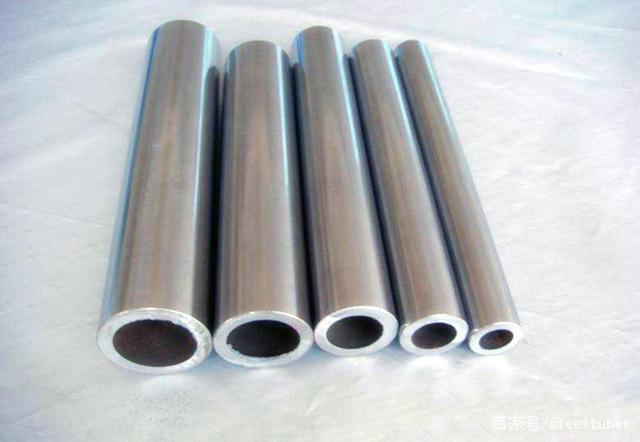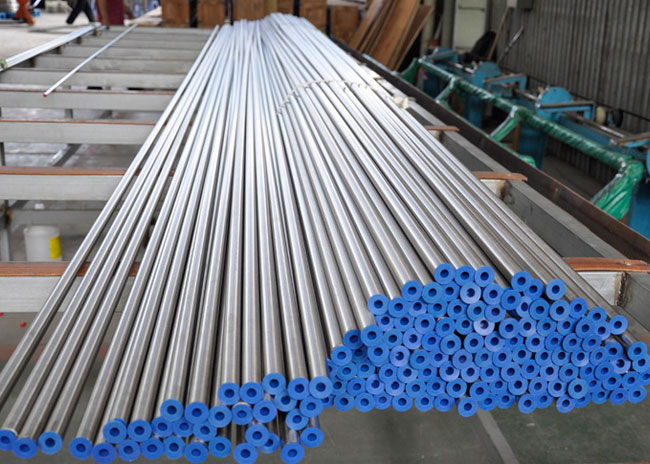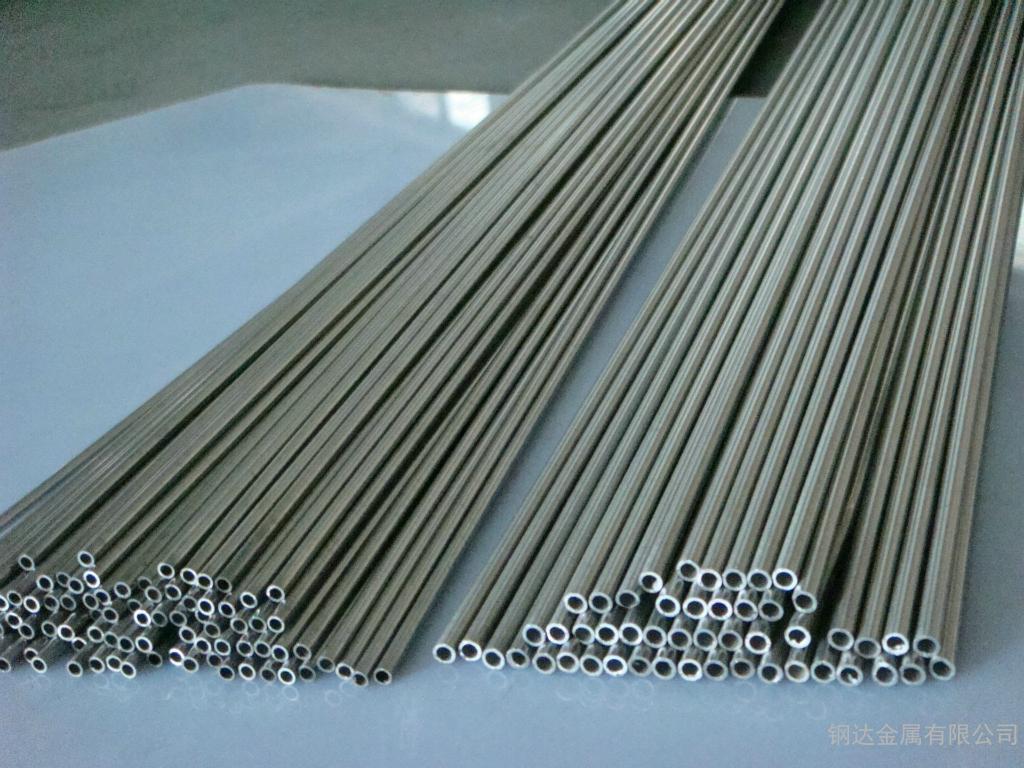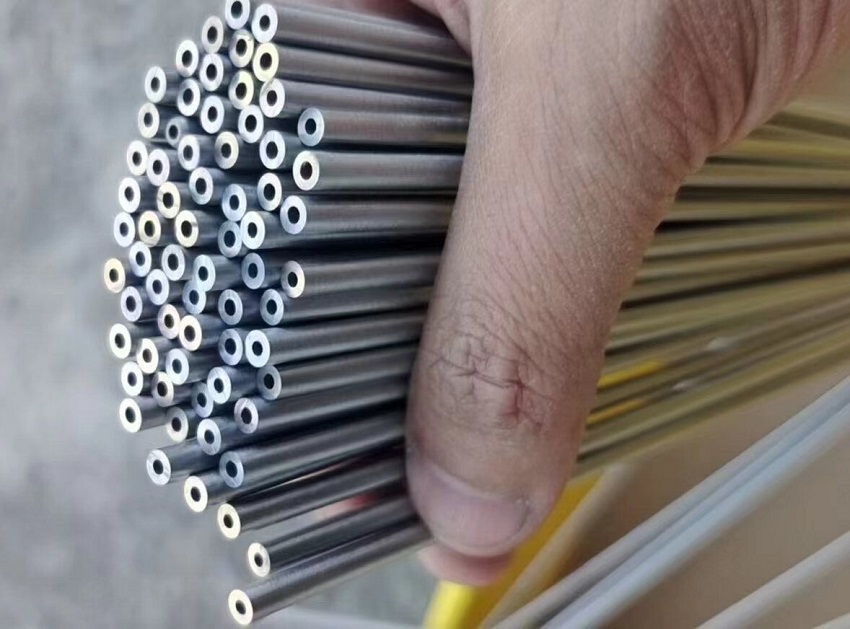Introduction of precision bright tubes
What are precision bright tubes?
Precision bright tubes are high-precision, high-smoothness steel tubes typically manufactured through cold rolling or cold drawing processes. Their smooth surface and precise dimensions make them widely used in hydraulic systems, automotive manufacturing, and mechanical processing.
Precision Bright Tubes Features
1. High Precision: High dimensional accuracy with minimal inner and outer diameter tolerance.
2. Excellent Surface Smoothness: Smooth inner and outer surfaces without oxidation layers, usually ready for direct use without further processing.
3. High Mechanical Performance: Strength and hardness are enhanced through cold rolling or cold drawing processes.
4. Easy to Weld and Process: Suitable for various mechanical processing and welding operations.
Precision Bright Tubes Manufacturing Process
1. Raw Material Preparation: High-quality seamless steel tubes are selected as raw materials.
2. Cold Rolling or Cold Drawing: The steel tubes are processed to the required dimensions and shapes through cold rolling or cold drawing.
3. Heat Treatment: To relieve processing stress and improve mechanical performance, annealing or normalizing is usually required. Heat treatment is performed in a protective atmosphere or vacuum environment to prevent surface oxidation.
4. Precision Machining: The surface smoothness and dimensional accuracy are further enhanced through fine grinding or polishing.
Why the Tube Surface is Bright?
1. Cold Processing Technology: The cold rolling or cold drawing process used in manufacturing precision bright tubes effectively improves the surface smoothness, making it smoother.
2. Fine Processing: Precision bright tubes typically undergo fine grinding or polishing after cold rolling or cold drawing, further enhancing surface smoothness.
3. Non-Oxidation Treatment: During heat treatment and cold processing, precision bright tubes are usually processed in a protective atmosphere or vacuum environment, preventing surface oxidation and thus maintaining a bright surface.
Precision Bright Tubes Applications
1. Hydraulic and Pneumatic Systems: Used in the manufacture of hydraulic cylinders, pneumatic cylinders, etc.
2. Automotive Manufacturing: Used to produce automotive components such as drive shafts, transmission shafts, etc.
3. Mechanical Processing: Used to manufacture various mechanical parts and tools.
4. Other Industrial Fields: Such as construction engineering, electronics industry, etc.

Precision bright tube
请输入搜索关键字
确定






